The
Lake Zone
(Mwanza, Geita, Simiyu, Shinyanga) of Tanzania
Bordering the southern shores of Lake Victoria, this area is rich in cultural history and lakeside beauty.
Mwanza, Tanzania’s second-largest city, offers a relaxed atmosphere and vibrant markets.
Visitors can enjoy boat rides, fishing experiences, and cultural encounters with the Sukuma people, all within tranquil surroundings.
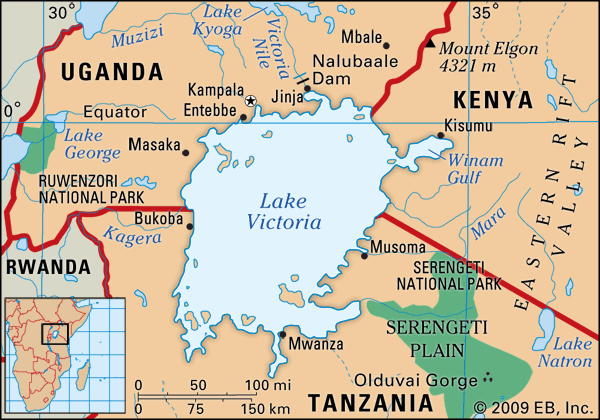
Lake Victoria
As Africa’s largest lake and the second-largest freshwater lake in the world, Lake Victoria offers sweeping, tranquil waters shared by Tanzania, Uganda, and Kenya.
Visitors can expect to enjoy scenic boat rides, birdwatching (especially kingfishers and cormorants), and interactions with vibrant lakeside communities.
The lake is central to the livelihoods of many locals, and it’s a great place to learn about traditional fishing methods. Sunsets over the water are often stunning, and islands scattered across the lake invite exploration.
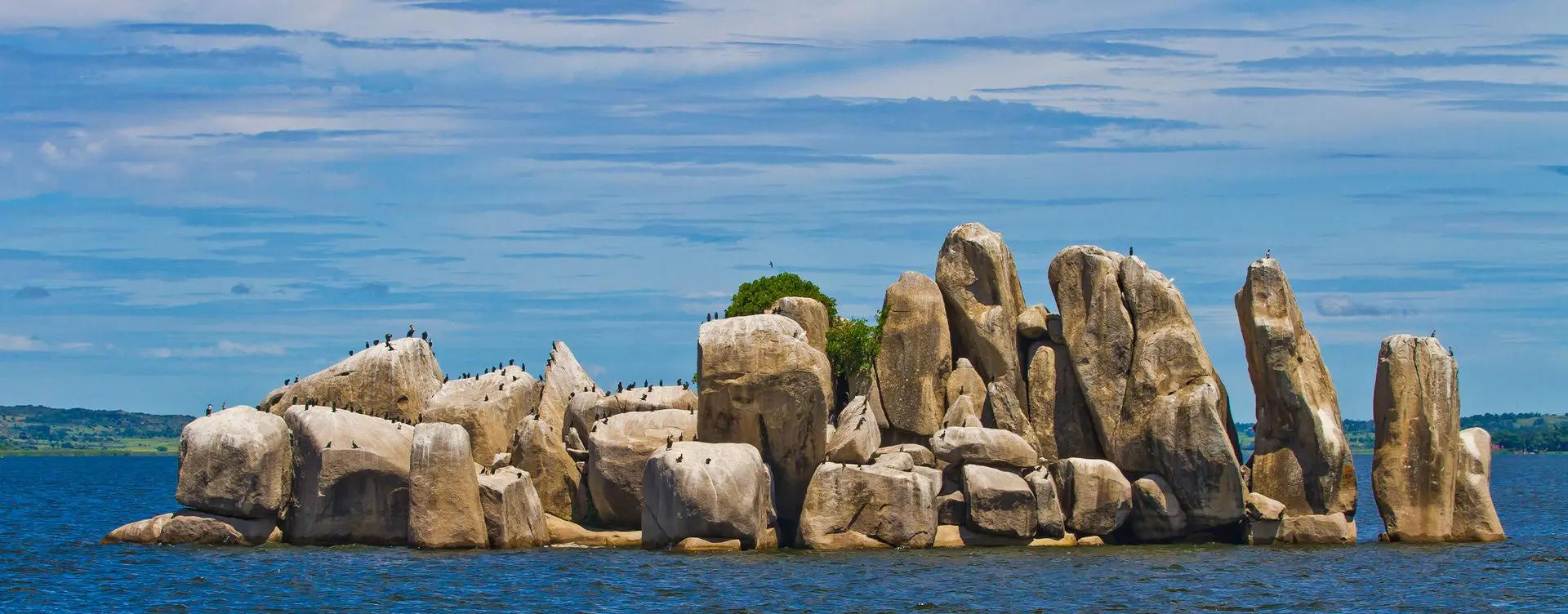
Bismarck Rock
Located in Mwanza on the shores of Lake Victoria, Bismarck Rock is a famous natural landmark where a precariously balanced boulder sits atop other rocks. It’s a popular photo spot due to its unique formation and its location near the lake.
Visitors can stroll the waterfront gardens nearby, enjoy street food, and take in panoramic views of Mwanza Bay. The rock has become a symbol of the city and is often featured in local art and souvenirs.
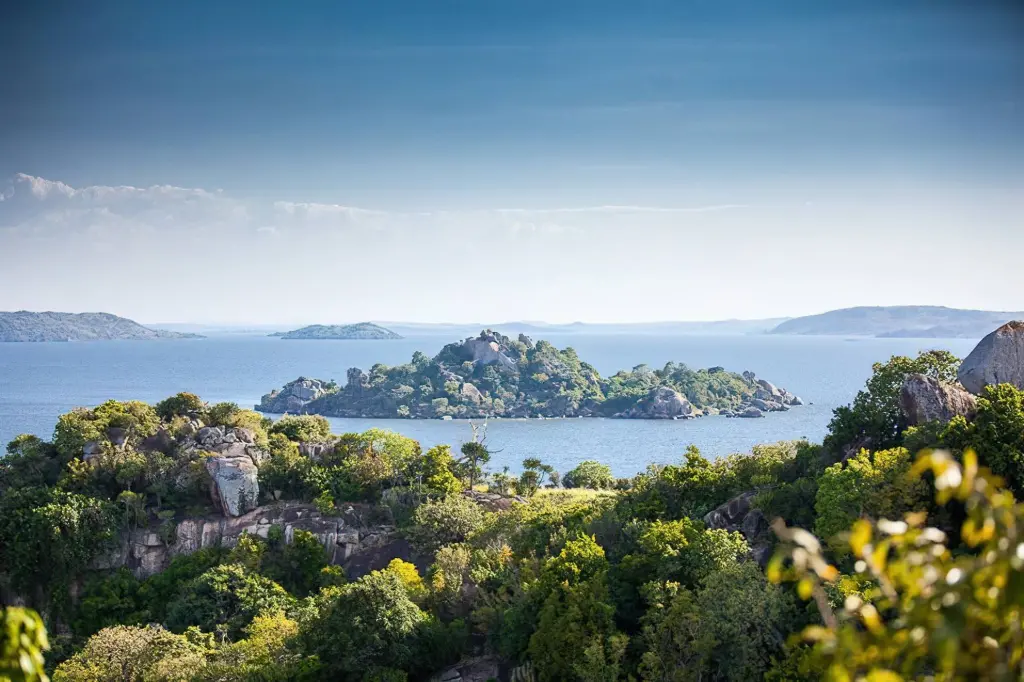
Saa nane Island National Park
This small but unique island park lies just offshore from Mwanza and is accessible by a short boat ride. Saanane Island offers a blend of wildlife, leisure, and educational experiences.
Visitors can spot animals like impalas, zebras, monkeys, and even crocodiles, while enjoying hiking trails, rock climbing, or birdwatching. It's also a great location for picnicking with city views in the background, making it a perfect half-day or full-day escape from Mwanza.
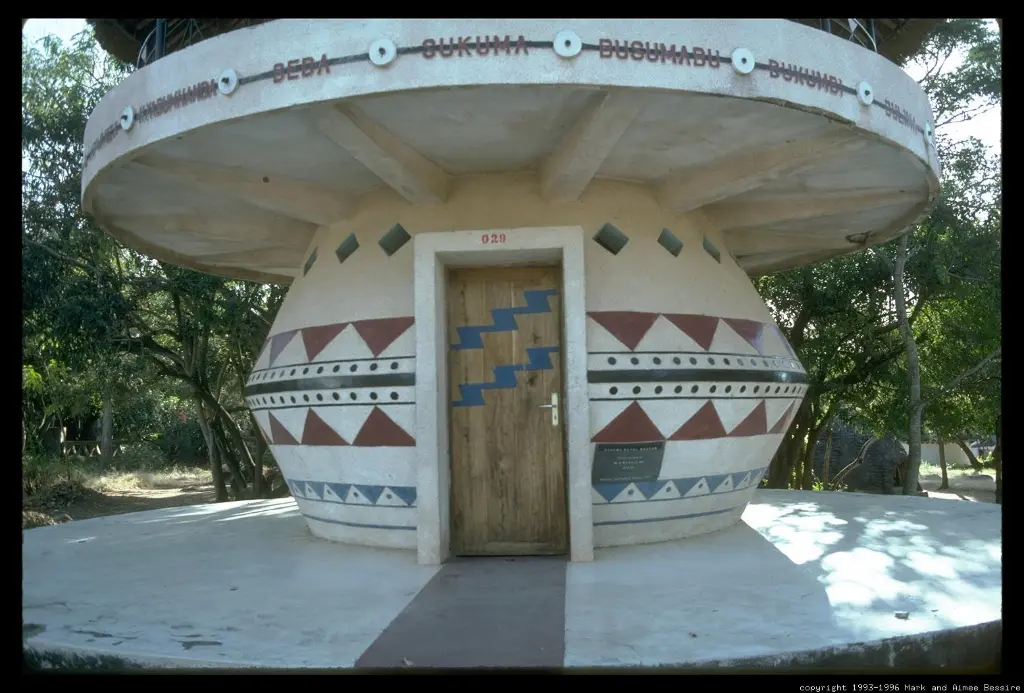
Sukuma Museum
Located in Bujora, just outside Mwanza, the Sukuma Museum preserves and celebrates the heritage of the Sukuma people—Tanzania’s largest ethnic group. The museum is set in a traditional homestead environment and includes historic artifacts, traditional dwellings, ceremonial drums, and costumes.
Visitors can watch or participate in dance performances and learn about Sukuma customs, healing practices, and storytelling traditions. It's an excellent cultural stop for those interested in Tanzania's diverse ethnic makeup.

Rubondo Island National Park
Rubondo Island is a remote and largely forested island park in Lake Victoria, known for its rich biodiversity and isolation. The park is home to chimpanzees (part of a unique rehabilitation project), elephants, hippos, crocodiles, and over 200 bird species.
Visitors can explore by guided walking safaris, boat excursions, or fishing trips. Rubondo is ideal for adventurous travelers looking to get off the beaten path and connect with nature in a peaceful, untouched environment.
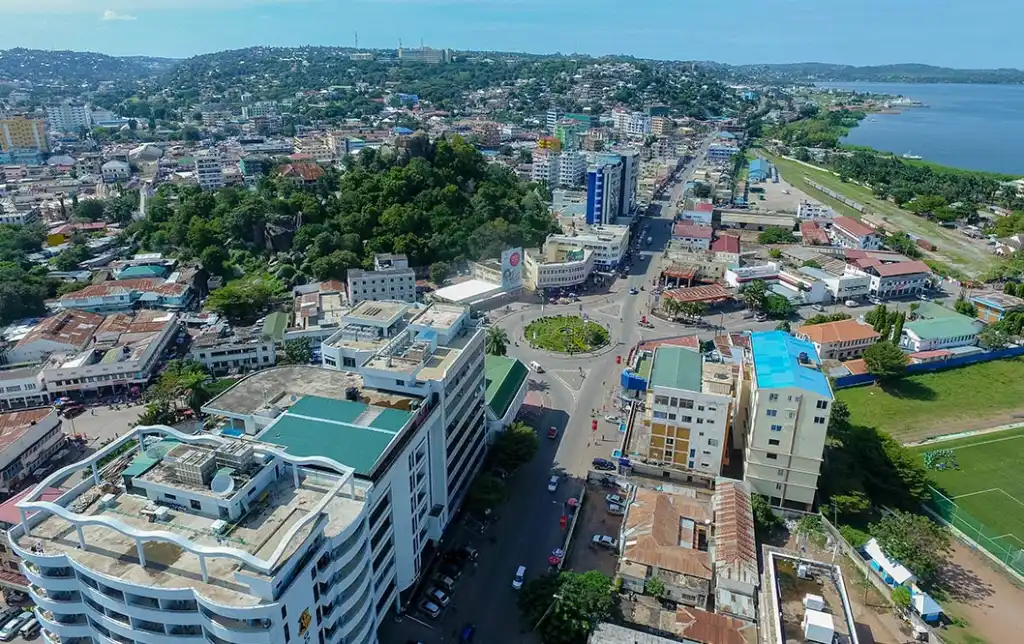
Mwanza City
Known as the “Rock City” for its dramatic granite boulders, Mwanza is Tanzania’s second-largest city and a key gateway to Lake Victoria and the western Serengeti. It offers a mix of urban and natural attractions, from bustling markets and lively nightlife to serene lakeside views.
Visitors can enjoy waterfront restaurants, local street food, and cultural landmarks. Mwanza also serves as a practical base for trips to nearby national parks and islands.
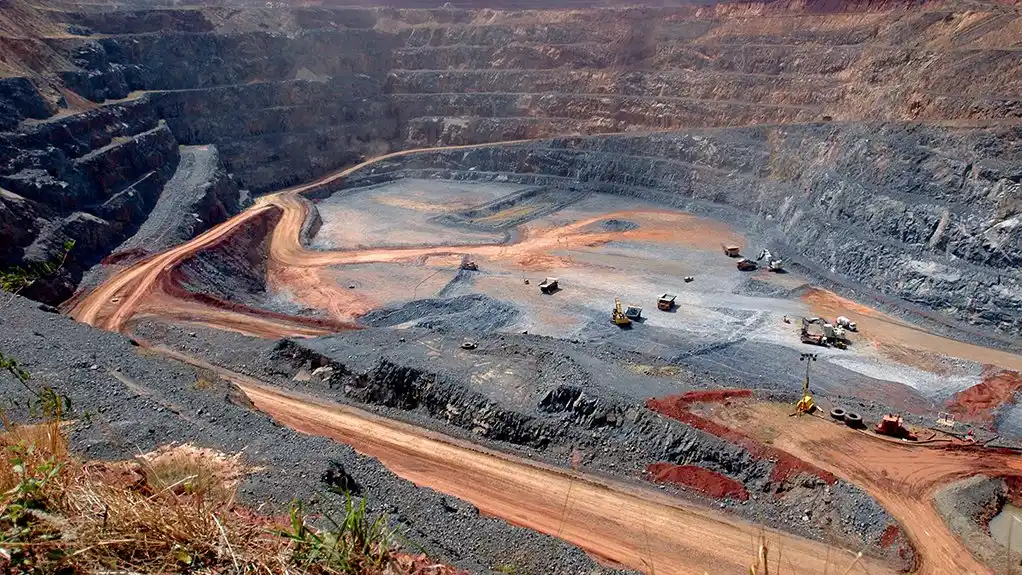
Geita Gold Mine
One of Tanzania’s largest gold mining operations, the Geita Gold Mine represents the country’s significant mineral wealth. While direct access may be restricted due to safety and operational reasons, the surrounding area tells a story of rapid development and economic transformation.
Visitors can learn about Tanzania’s gold mining history and its impact on local communities. A stop here provides insight into the intersection of industry, geology, and rural life.
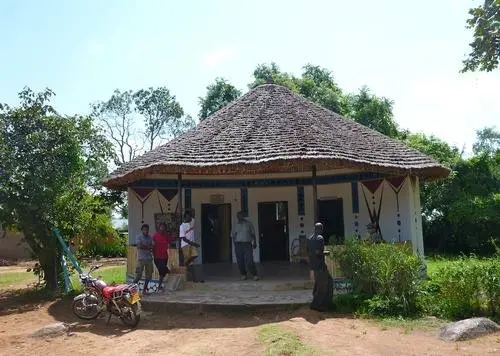
Bujora Cultural Centre
Part of the Sukuma Museum complex, the Bujora Cultural Centre offers a deeper dive into the traditions, arts, and lifestyles of the Sukuma people. It hosts seasonal cultural events, including masked dances and drumming ceremonies.
Visitors can explore replicas of traditional homes, learn about clan systems and ancestral rituals, and observe how local crafts are made. It’s an engaging destination for anyone interested in anthropology and indigenous African cultures.
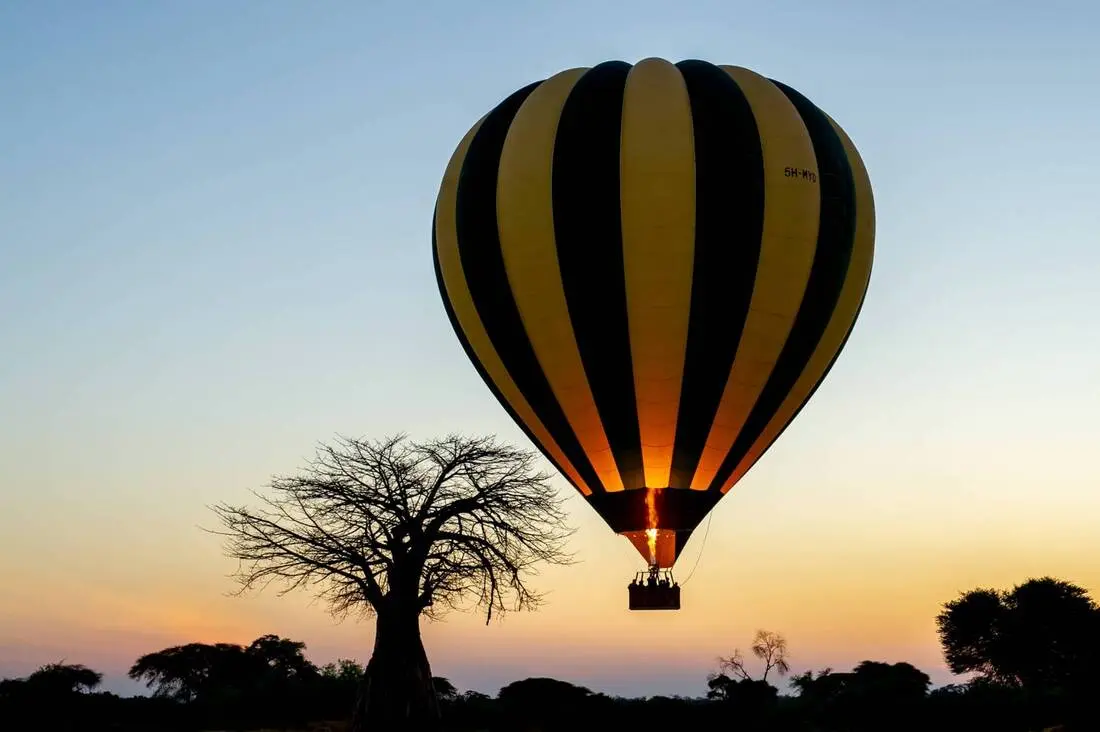
Serengeti Balloon Safaris (Near Mwanza)
While Serengeti Balloon Safaris are typically launched within the park, Mwanza provides access to the western corridor of Serengeti, where visitors can begin their journey toward a unique aerial experience.
Once in the Serengeti, visitors soar above the plains at sunrise, watching wildlife—elephants, giraffes, lions, wildebeests—move across the landscape below. The experience includes a bush breakfast and offers unmatched photographic opportunities. It’s an unforgettable way to experience the vastness of the Serengeti.
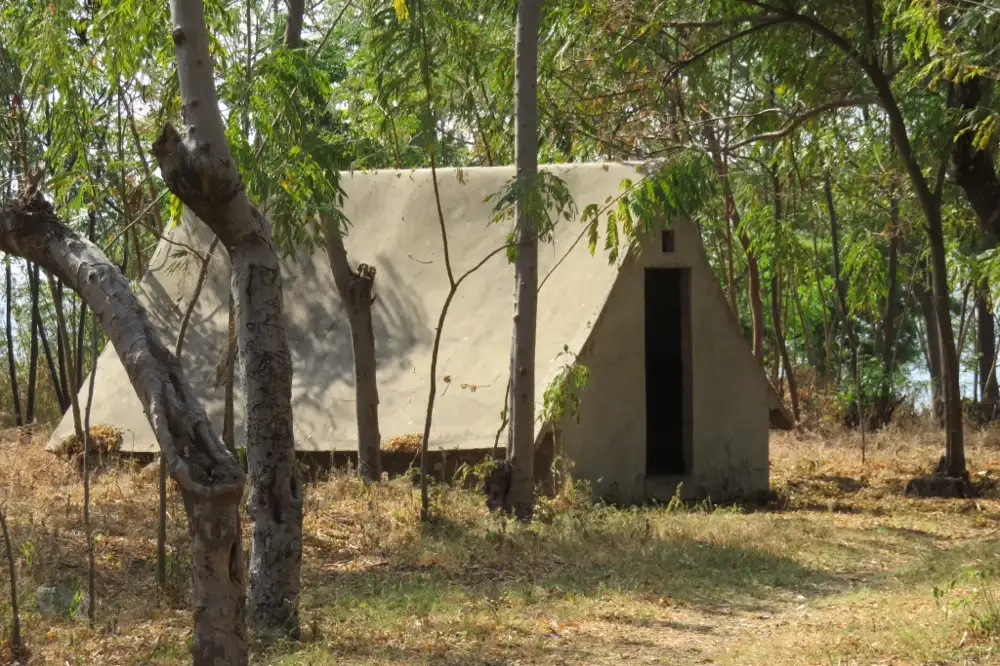
Kageye Historical Site
Kageye is a lesser-known but historically significant site located along Lake Victoria’s southern shores. It served as an early coastal port and Christian mission center during the colonial era.
Visitors will find remnants of old buildings and graves, alongside historical markers explaining the role of the site in trade, missionary work, and colonial administration. It offers a quiet, reflective setting for those interested in Tanzania’s pre-independence history.